Class 7 Exam > Class 7 Notes > Social Studies (SST) Class 7 (Old NCERT) > Assignment: Tracing Changes Through a Thousand Years
Assignment: Tracing Changes Through a Thousand Years | Social Studies (SST) Class 7 (Old NCERT) PDF Download
| Table of contents |

|
| MCQs |

|
| Short Q/A |

|
| Activity-Based Questions |

|
| Research-Based Question |

|
| Guessing Game! |

|
MCQs
Q1: Who created the map in 1154 CE showing the Indian subcontinent?
(a) Ibn Battuta
(b) Al-Idrisi
(c) Babur
(d) Amir Khusrau
Ans: (b)
The map was created by the Arab geographer Al-Idrisi in 1154 CE.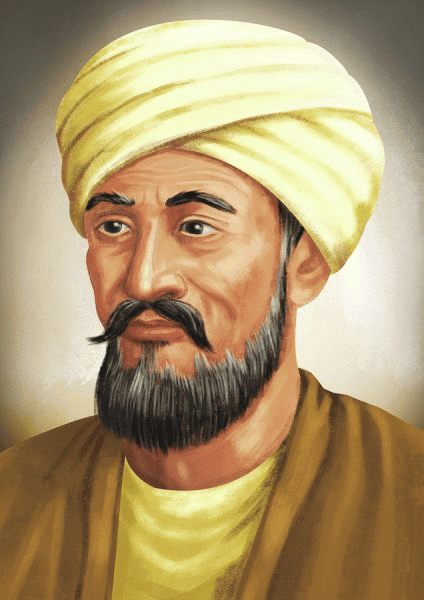
Q2: Why was the map made in the 1720s by Guillaume de l’Isle different from Al-Idrisi’s map?
(a) It was more accurate and detailed
(b) It was drawn in a different style
(c) It showed more political boundaries
(d) It only focused on the coastal areas
Ans: (a) It was more accurate and detailed
The map made in the 1720s showed significantly more detail, especially in the coastal areas, as compared to Al-Idrisi’s map.
Q3: Which language was used to write place names on Al-Idrisi’s map?
(a) Sanskrit
(b) Arabic
(c) Persian
(d) Latin
Ans: (b) Arabic
Al-Idrisi’s map used Arabic for the place names.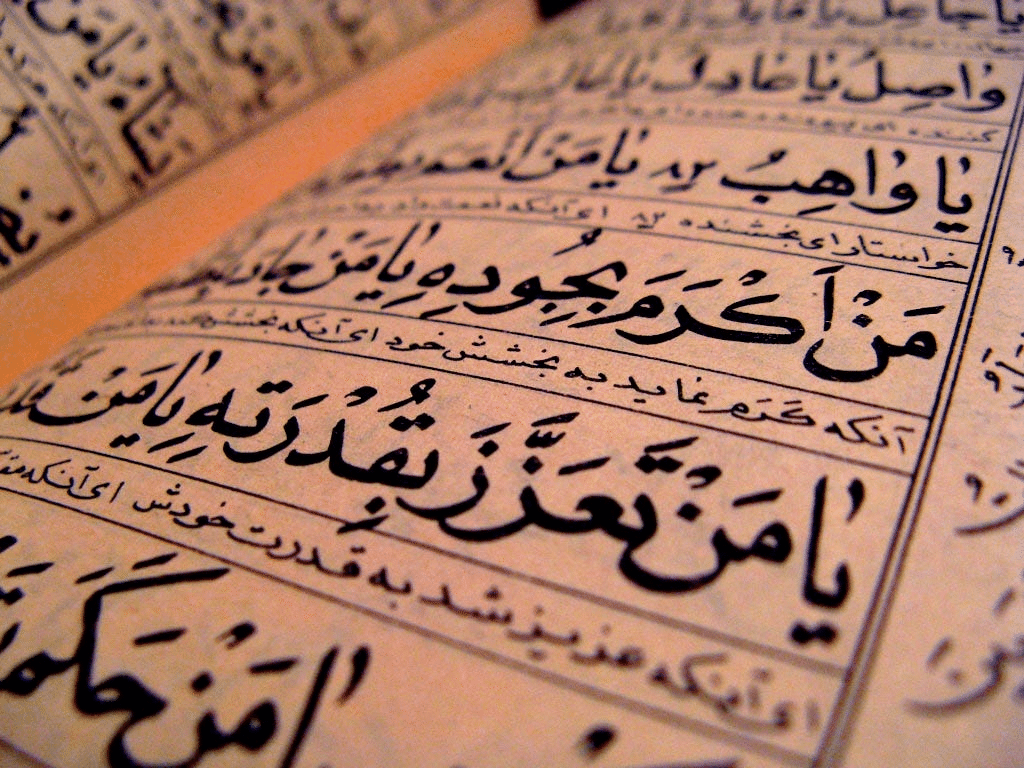
Q4: What does the term “Hindustan” mean in the thirteenth century?
(a) The entire Indian subcontinent
(b) Only the lands between the Ganga and Yamuna
(c) The modern Indian state
(d) The area of South India
Ans: (b) Only the lands between the Ganga and Yamuna
In the thirteenth century, "Hindustan" referred to the areas of Punjab, Haryana, and lands between the Ganga and Yamuna.
Q5: What was the role of scribes in the medieval period?
(a) To produce maps for the rulers
(b) To copy manuscripts by hand
(c) To write poetry and stories
(d) To create official records for the government
Ans: (b) To copy manuscripts by hand
Scribes copied manuscripts by hand, and often introduced small changes during the copying process.
Short Q/A
Q1. How did the concept of “foreigner” change over time?
Ans: In the medieval period, a “foreigner” referred to anyone who was a stranger in a given village, not just someone from another country. This could include people from different social or cultural backgrounds within the same country.
Q2. Why did different versions of the same manuscript exist?
Ans: Different versions of the same manuscript existed because scribes often introduced small changes while copying manuscripts, leading to variations over time.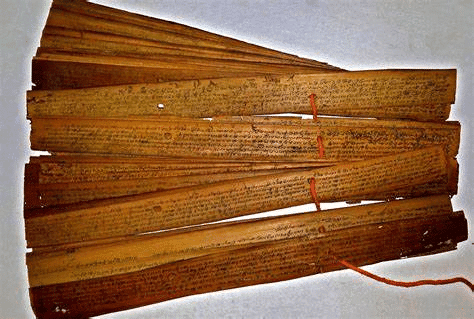
Q3. What new crops were introduced into the subcontinent during the medieval period?
Ans: New crops like potatoes, corn, chillies, tea, and coffee were introduced into the subcontinent during the medieval period.
Q4. What was the significance of the spread of agriculture during this period?
Ans: The spread of agriculture led to the clearing of forests and the migration of forest-dwellers, who either became peasants or started new settlements. This also led to social differentiation among peasants.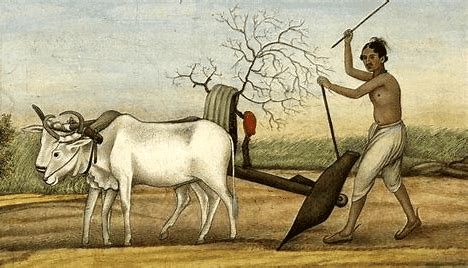
Q5. How did the meaning of “Hindustan” evolve over time?
Ans: Initially, “Hindustan” referred to specific regions like Punjab, Haryana, and areas between the Ganga and Yamuna. By the early sixteenth century, it was used to describe the entire subcontinent, encompassing its culture and geography.
Activity-Based Questions
Q1. Compare Map 1 (Al-Idrisi’s map) and Map 2 (Guillaume de l’Isle’s map) with a present-day map of the Indian subcontinent. List the similarities and differences.
Ans:
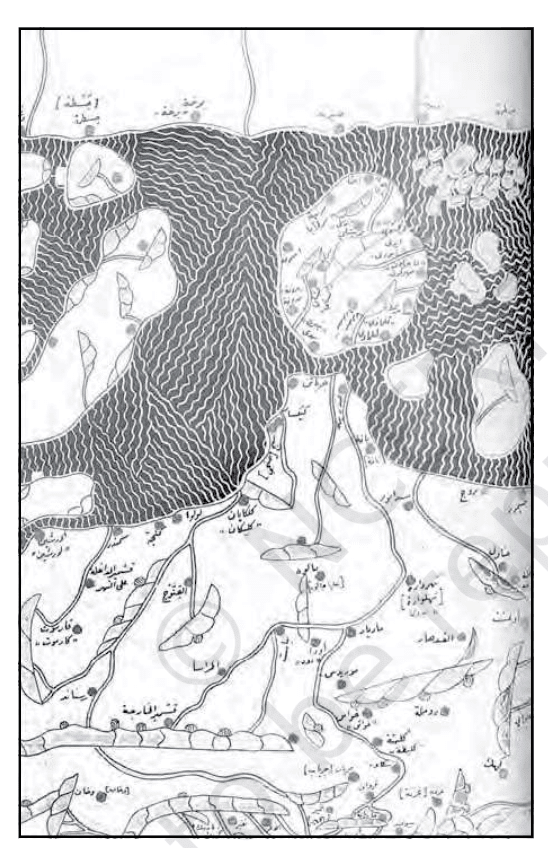 Map 1
Map 1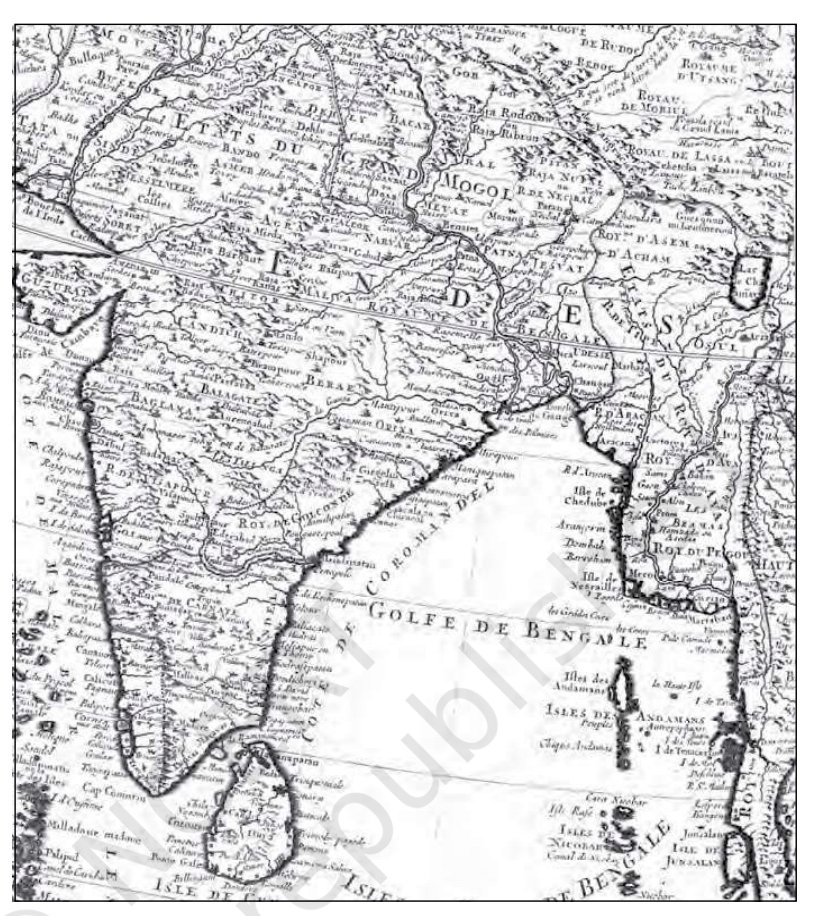 Map 2
Map 2
Similarities:
Both maps depict the Indian subcontinent, covering modern-day India, Pakistan, Bangladesh, Nepal, Bhutan, and Sri Lanka.
They show landmasses, coastlines, and rivers of the region.
Differences:
1. Detail and Accuracy:
Map 1 (Al-Idrisi): Less detailed with fewer references and generalized representations of the subcontinent.
Map 2 (Guillaume de l’Isle): More detailed, with precise coastlines, rivers, and mountain ranges.
2. Cartographic Style:
Map 1: Uses an older style, where south is at the top, based on descriptions.
Map 2: A more modern approach, with north at the top and a grid system based on longitude and latitude.
3. Geographical Representation:
Map 1: Generalized shapes of landforms, with less accuracy in scale.
Map 2: More accurate depictions of geographic features, including rivers and the Himalayas.
4. Purpose:
Map 1: Created for travelers and merchants, based on descriptive accounts.
Map 2: Designed for scientific use with more precise navigation.
Conclusion: While both maps cover the same region, Map 1 is older and less accurate, while Map 2 reflects modern cartographic techniques and provides more precise details.
Q2. Make a list of languages mentioned by Amir Khusrau and compare them with the languages spoken today in those regions.
Ans: The languages mentioned by Amir Khusrau are either still spoken today or have evolved into modern regional languages with varying degrees of influence from other languages.
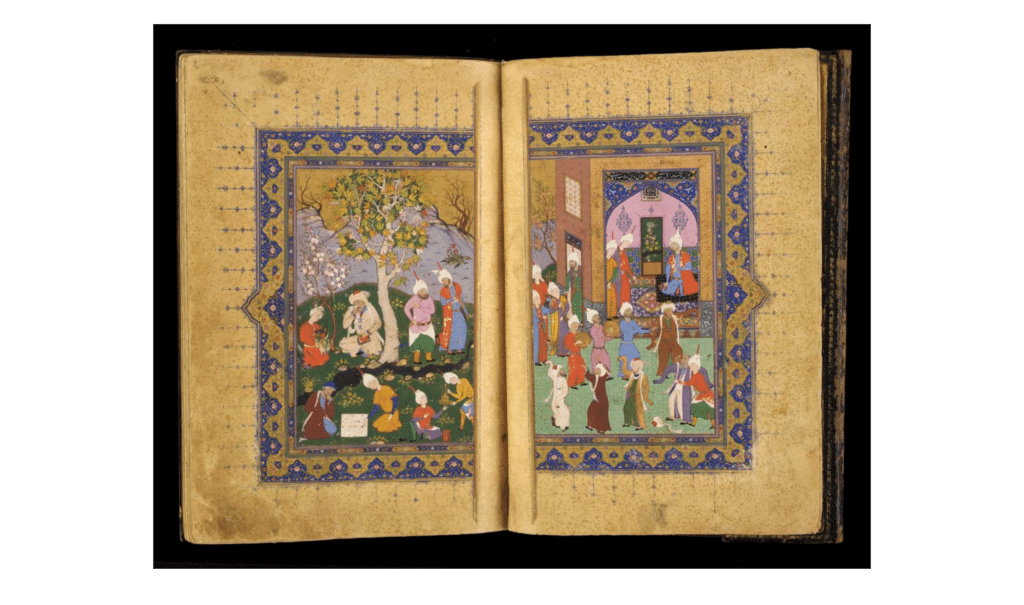
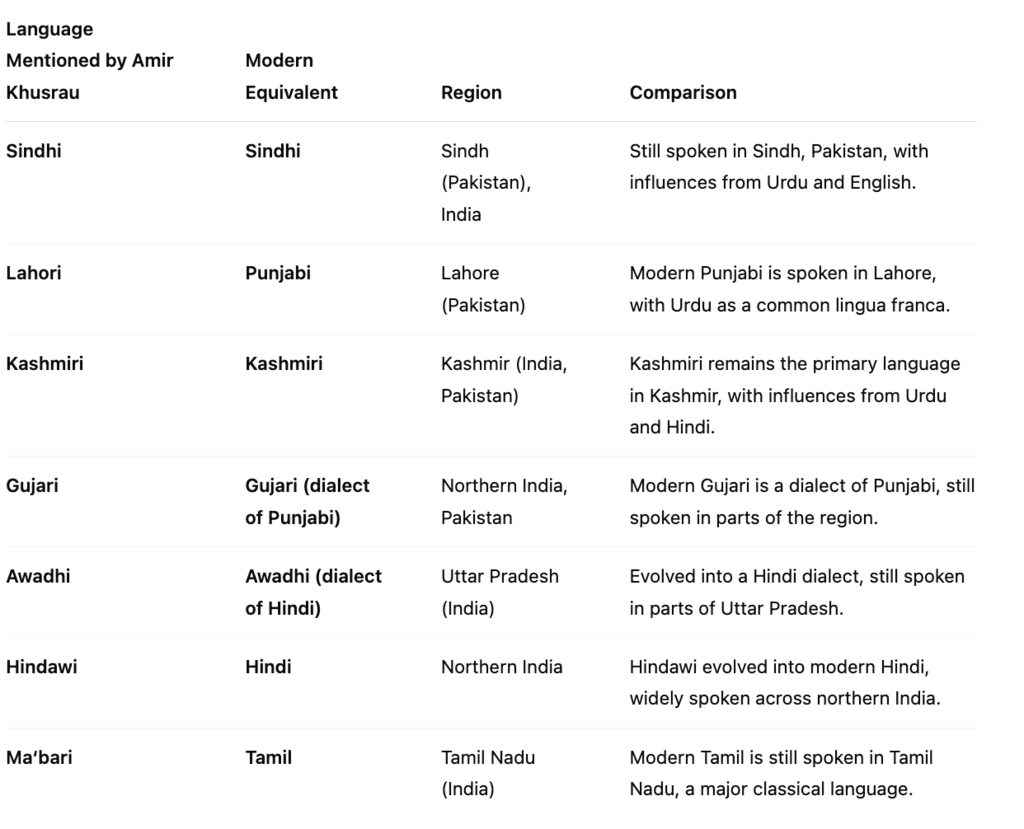
Research-Based Question
Q1: Conduct research on the history of one of the new crops introduced into the subcontinent during the medieval period and its impact on the local economy.
Ans: One of the new crops introduced into the Indian subcontinent during the medieval period was tea. While the exact date of its introduction is debated, it is widely believed that tea plants were brought to India by the British in the early 19th century, though they had been cultivated in the region of Assam in the medieval period.
Impact on the Local Economy:
Development of Tea Plantations: The British recognized the potential of Assam and other northeastern regions for tea cultivation, as the climate was ideal for growing tea. Over time, large-scale tea plantations were established, particularly in Assam, Darjeeling, and Nilgiri Hills.
Economic Growth: The tea industry created a significant impact on the local economy by generating employment for thousands of people, especially in rural areas. The cultivation, processing, and export of tea led to the establishment of numerous tea estates, leading to an economic boom in these regions.
Export and Global Trade: Tea became one of the most important agricultural exports of India, especially under British colonial rule. Indian tea began to be exported globally, which increased India's role in the international market, particularly to Britain and other European countries.
Social Impact: The establishment of tea plantations also contributed to the urbanization of certain areas as people migrated to work on the tea estates. This created a new socio-economic class of laborers and small entrepreneurs associated with the tea trade.
Long-term Influence: Over time, tea became an integral part of Indian culture and daily life, particularly in urban areas. The tea industry continues to be one of India's major agricultural sectors, contributing significantly to its economy today.
In conclusion, the introduction of tea during the medieval period had a lasting effect on the Indian subcontinent's economy, leading to the development of a thriving industry, job creation, and integration into global trade networks. The legacy of tea cultivation continues to shape India's agricultural landscape.
Guessing Game!
Instructions: I will describe a situation, event, or concept from the chapter, and you need to guess what it is. Try to think deeply about how historical events have shaped our present.
Q1: I was a big change that started when new rulers came to India in the 12th century. This event brought new ideas and ways of ruling. What am I?
Ans: Delhi Sultanate
2. I am a book written in the 11th century. I tell about how people lived in the past, their work, and their way of life. What am I?
Ans: The Ain-i-Akbari
3. I was a group of people who traded goods and helped bring culture to India. We made cities grow by selling things. Who am I?
Ans: Merchants and Traders
4. I show the changes in buildings in India. I am a mix of Indian and Persian styles, seen in mosques and forts. What am I?
Ans: Architecture (like mosques and forts)
5. I am about how kings and queens ruled. Sometimes they changed the way they ruled, and sometimes they kept old traditions. What am I?
Ans: Royal Court Cultures
The document Assignment: Tracing Changes Through a Thousand Years | Social Studies (SST) Class 7 (Old NCERT) is a part of the Class 7 Course Social Studies (SST) Class 7 (Old NCERT).
All you need of Class 7 at this link: Class 7
|
63 videos|371 docs|46 tests
|
FAQs on Assignment: Tracing Changes Through a Thousand Years - Social Studies (SST) Class 7 (Old NCERT)
| 1. What are the main themes explored in "Tracing Changes Through a Thousand Years"? |  |
Ans. The main themes include the evolution of society, the impact of historical events on culture and lifestyle, technological advancements, and the changes in governance and social structures over a millennium.
| 2. How did the socio-economic conditions change over the thousand years discussed in the article? |  |
Ans. The socio-economic conditions transformed from agrarian-based economies to industrialization, which led to urbanization, shifts in labor markets, and changes in class structures, influencing daily life and work.
| 3. What significant historical events are highlighted in the article, and how did they shape society? |  |
Ans. Significant events include invasions, the rise and fall of empires, and major reforms. These events shaped political boundaries, cultural exchanges, and societal norms, influencing the trajectory of development over the centuries.
| 4. How does the article suggest that technology has influenced societal changes over the past thousand years? |  |
Ans. The article suggests that technological innovations, such as the printing press and later the internet, have facilitated communication, education, and economic growth, leading to more informed societies and increased connectivity among people.
| 5. What role does culture play in the changes traced throughout the thousand years according to the article? |  |
Ans. Culture plays a crucial role in shaping identity, traditions, and values. The article highlights how cultural exchanges during trade and conquests influenced art, language, and social customs, reflecting the dynamic nature of human societies over time.
Related Searches




















